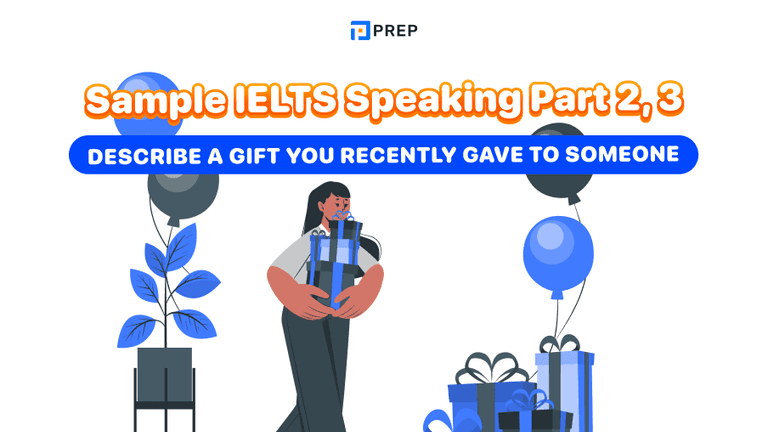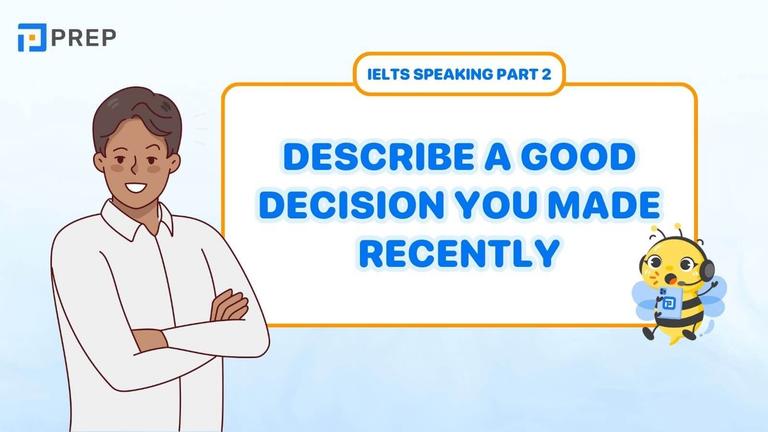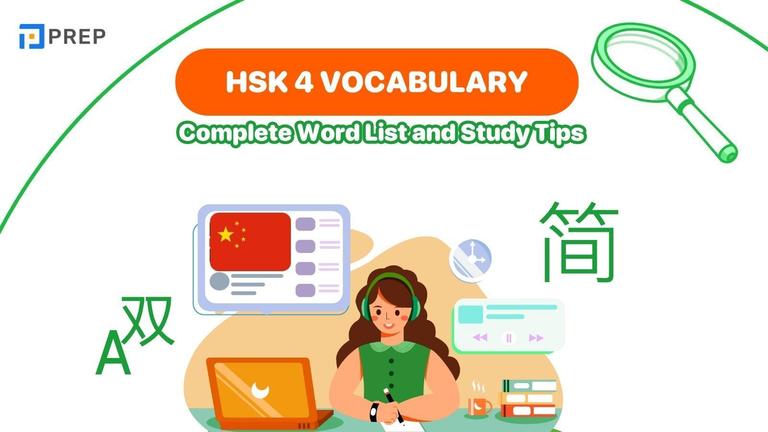School Supplies Vocabulary List with Examples and Practice
Mastering school supplies vocabulary helps beginners and ESL learners describe classroom objects and study tools with confidence. This guide provides categorized word lists with phonetics, example sentences from A1 to B1 levels, and practical exercises for effective practice.

I. School Supplies Vocabulary List by Category
If you're learning English or teaching ESL students, mastering school supplies vocabulary is an essential step in building everyday language skills. These are the words we commonly use to talk about the objects found inside a classroom or a student's bag — things like pens, notebooks, or blackboards.
This vocabulary is especially useful for:
- Children who are just beginning to learn English
- Beginner ESL learners preparing for classroom conversations
- Teachers or parents who want to introduce practical vocabulary to young learners
In the sections below, you’ll find vocabulary lists for each group, complete with simple definitions, pronunciation help, and everyday usage.
1. Basic Stationery
“Stationery” refers to all the essential writing and office tools that students regularly use in their studies. These items are usually found in a pencil case, desk, or school bag. Learning these words helps ESL beginners feel more confident when describing classroom objects or shopping for school supplies.

|
Item |
Phonetics |
Meaning (EN) |
Example Sentence |
|
pen |
/pen/ |
A tool used for writing with ink |
I always carry a blue pen in my bag. |
|
pencil |
/ˈpensl/ |
Used for writing or drawing |
She drew a cat with a pencil. |
|
eraser |
/ɪˈreɪsər/ |
Used to remove pencil marks |
I need an eraser to fix my mistake. |
|
ruler |
/ˈruːlər/ |
A tool to measure length |
Use a ruler to draw a straight line. |
|
sharpener |
/ˈʃɑːrpnər/ |
Makes pencil tips sharp again |
The sharpener is in my pencil case. |
|
marker |
/ˈmɑːrkər/ |
A thick pen for writing or drawing |
We used markers to color the poster. |
|
highlighter |
/ˈhaɪˌlaɪtər/ |
A pen to mark important text |
Highlight the main ideas with a highlighter. |
|
glue stick |
/ɡluː stɪk/ |
A solid glue used to stick paper |
Please use the glue stick for this craft. |
|
scissors |
/ˈsɪzərz/ |
A tool to cut paper or cardboard |
Be careful with the scissors! |
|
notebook |
/ˈnoʊtbʊk/ |
A book with pages for writing notes |
I write my homework in my notebook. |
|
crayon |
/ˈkreɪɑːn/ |
A colored stick for drawing |
He colored the sun with a yellow crayon. |
|
colored pencils |
/ˈkʌlərd ˈpenslz/ |
Pencils with color used for drawing |
She has a box of colored pencils. |
|
stapler |
/ˈsteɪplər/ |
A tool to attach papers together |
Can I borrow your stapler? |
|
tape |
/teɪp/ |
A sticky roll used to attach things |
The teacher used tape to hang the poster. |
|
pencil case |
/ˈpensl keɪs/ |
A small bag to keep pens and pencils |
I keep my pens in a pencil case. |
|
file folder |
/faɪl ˈfoʊldər/ |
Holds loose papers together |
Put your worksheets in the file folder. |
|
correction pen |
/kəˈrekʃən pen/ |
Used to cover up writing mistakes |
I made a mistake, so I used a correction pen. |
|
binder |
/ˈbaɪndər/ |
A folder with rings for holding pages |
Please bring your binder every class. |
|
clip |
/klɪp/ |
Holds papers together without staples |
Use a paper clip to keep those notes. |
|
sticky notes |
/ˈstɪki noʊts/ |
Small colored papers for reminders |
Write your ideas on these sticky notes. |
Tip: To make practice fun, try English vocabulary game.
2. Classroom Items
Classroom items are objects that we commonly find around a school classroom — things students and teachers use during lessons. Learning these words helps ESL learners feel more comfortable when they enter a real classroom or follow teacher instructions.

|
Item |
Phonetics |
Meaning (EN) |
Example Sentence |
|
blackboard |
/ˈblækbɔːrd/ |
A large board used for writing with chalk |
The teacher wrote our names on the blackboard. |
|
whiteboard |
/ˈwaɪtbɔːrd/ |
A board used for writing with markers |
She cleaned the whiteboard after class. |
|
chalk |
/tʃɔːk/ |
A white stick for writing on blackboards |
He broke the chalk while writing. |
|
board marker |
/mɑːrkər/ |
A pen used for writing on whiteboards |
Please bring a new board marker. |
|
desk |
/desk/ |
Table for students to sit and write on |
I left my book on the desk. |
|
chair |
/tʃer/ |
A seat with legs and a back |
Sit on your chair, please. |
|
teacher's desk |
/ˈtiːtʃərz desk/ |
The desk used by the teacher |
There’s a laptop on the teacher’s desk. |
|
projector |
/prəˈdʒektər/ |
Device that shows images on the wall |
The teacher used a projector for the video. |
|
screen |
/skriːn/ |
Surface where the projector shows content |
Look at the screen to see the answer. |
|
speaker |
/ˈspiːkər/ |
Machine for making sound louder |
We listened to a song through the speakers. |
|
clock |
/klɑːk/ |
Shows time on the wall |
The clock says it’s time for lunch. |
|
trash bin |
/træʃ bɪn/ |
Container for garbage |
Throw the paper in the trash bin. |
|
window |
/ˈwɪndoʊ/ |
Glass opening in the wall |
Open the window, it’s hot today. |
|
door |
/dɔːr/ |
Entrance or exit to the room |
Close the door gently. |
|
bookshelf |
/ˈbʊkʃelf/ |
A shelf where books are kept |
The library books are on the bookshelf. |
|
cupboard |
/ˈkʌbərd/ |
A small cabinet for storing items |
The scissors are in the cupboard. |
|
world map |
/wɜːrld mæp/ |
Picture showing countries and continents |
We looked at Africa on the world map. |
|
globe |
/ɡloʊb/ |
A ball-shaped map of the Earth |
She pointed to Japan on the globe. |
|
light switch |
/laɪt swɪtʃ/ |
Turns the lights on or off |
Turn off the light switch before leaving. |
|
fan |
/fæn/ |
Device that moves air |
The fan is blowing too strongly. |
3. Personal Study Tools
Personal study tools are the learning items that students carry in their school bags and use outside the classroom — for homework, organizing papers, or reviewing lessons. These are practical words every English learner needs in real-life settings.

|
Item |
Phonetics |
Meaning (EN) |
Example Sentence |
|
backpack |
/ˈbækpæk/ |
A bag students wear on their back |
My books are heavy inside my backpack. |
|
school bag |
/skuːl bæɡ/ |
A bag used to carry school supplies |
I put my lunchbox in my school bag. |
|
folder |
/ˈfoʊldər/ |
A flat object to keep papers organized |
Keep your tests in this folder. |
|
file |
/faɪl/ |
Another container for organizing paper files |
I can’t find the file with my math notes. |
|
planner |
/ˈplænər/ |
A book for writing your schedule |
I wrote down the test date in my planner. |
|
notebook |
/ˈnoʊtbʊk/ |
A book with empty pages for writing |
This is my English notebook. |
|
textbook |
/ˈtekstbʊk/ |
A book used for studying a subject |
The teacher gave us a new textbook. |
|
workbook |
/ˈwɜːrkˌbʊk/ |
A book with exercises |
Please finish pages 10–12 in your workbook. |
|
calculator |
/ˈkælkjəˌleɪtər/ |
A small machine for math |
He used his calculator on the test. |
|
pencil sharpener |
/ˈʃɑːrpnər/ |
Sharpens pencil tips |
My pencil sharpener is missing. |
|
USB drive |
/ˈjuːɛsbiː draɪv/ |
A small device to save digital files |
Save your PowerPoint on your USB drive. |
|
sticky notes |
/ˈstɪki noʊts/ |
Small papers to write reminders |
Write the homework on sticky notes. |
|
index cards |
/ˈɪndeks kɑːrdz/ |
Small cards for studying and short notes |
I made index cards to study vocabulary. |
|
tablet |
/ˈtæblət/ |
A small portable computer |
She uses a tablet for digital textbooks. |
|
headphones |
/ˈhedfoʊnz/ |
For listening to audio |
Bring your headphones for the listening test. |
|
highlighter |
/ˈhaɪˌlaɪtər/ |
A pen to mark important parts |
Highlight the question with your highlighter. |
|
stapler |
/ˈsteɪplər/ |
Used to attach several pages together |
I need a stapler to finish my report. |
|
clip |
/klɪp/ |
A small metal or plastic object to hold paper |
Use this clip to keep your notes together. |
|
correction tape |
/kəˈrekʃən teɪp/ |
Used to fix writing mistakes |
Use correction tape instead of crossing out. |
|
glue stick |
/ɡluː stɪk/ |
Solid glue used to attach things |
The school gave us a glue stick for crafts. |
Bonus idea: Try making labels at home using these words and attach them to real items in your bag — it’s a fun way to remember vocabulary.
-
For topic words studied at school, see school subjects vocabulary.
II. Using School Supplies Vocabulary in Real Sentences
Learning vocabulary is only the first step. To truly master English, students need to apply what they’ve learned in real-life situations. This section provides example sentences and short dialogues that demonstrate how to use school supplies vocabulary in a natural, practical way.
Understanding how these words appear in context will help learners speak, write, and think in English more fluently.
Example Sentences by Level
Beginner (A1): Simple Sentences
-
- I have two pencils in my bag.
- The teacher writes on the whiteboard.
- Please sit on your chair.
- She uses a notebook for English class.
- Where is my eraser?
Elementary (A2): Extended Use
-
- My backpack is heavy because I have too many textbooks.
- I use colored pencils and a ruler in my art class.
- Don’t forget to put your folder in your school bag.
- The classroom has a big clock and a projector.
- I lost my highlighter. Can you lend me one?
Pre-Intermediate (B1): Everyday Function
-
- Before class starts, I organize all my study tools: notebook, planner, and pen.
- During group work, we used a tablet and a USB drive to prepare our presentation.
- After copying notes from the whiteboard, I stored them in my binder.
- The teacher gave us a worksheet and told us to use scissors and glue sticks.
- When I study at home, I revise vocabulary using flashcards and sticky notes.
Short Dialogues in Everyday Context
Dialogue 1: In the Classroom (A1 Level)
Teacher: Hello Mia, where is your notebook?
Student: Oh! It’s in my backpack.
Teacher: Please open it. We will write new vocabulary today.
Student: Okay. I have my pencil and eraser too.
Dialogue 2: Preparing for Homework (A2 Level)
Parent: Do you have everything for your homework?
Child: Yes! I have my notebook, textbook, and calculator.
Parent: What about your highlighter and sticky notes?
Child: I’ll get them from my pencil case now.
Dialogue 3: Group Project (B1 Level)
Student A: Let’s organize our files with this folder.
Student B: Good idea. I also have a USB drive with our presentation.
Student A: Great. Don’t forget the stapler — we need to submit a printed version.
Student B: Got it. I’ll pack everything in my school bag.
To improve your fluency, try rephrasing these sentences using different vocabulary from the earlier lists. Practice the dialogues with a partner, or write your own based on your school routine.
-
For broader themes used in exams, see IELTS vocabulary by topics.
III. Exercises and Practice with School Supplies Vocabulary
Practice makes perfect. The following exercises are designed to help ESL learners apply school supplies vocabulary in real contexts — improving both recognition and usage. These activities range from basic to applied practice, suitable for classroom or self-study.
Exercise 1: Match the Word with the Definition
Match each school supply word in Column A with its correct definition from Column B.
|
Column A |
Column B |
|
A. Used to attach papers together B. A book of blank pages for writing notes C. Removes pencil marks from paper D. Used to stick papers or crafts together E. A tool for measuring straight lines |
Exercise 2: Fill in the Blanks
Complete the sentences below by using the correct word from the box:
Word box: backpack – pencil – scissors – textbook – highlighter
- I carry all my books in a big __________.
- She wrote her name with a __________.
- The teacher gave us a new science __________.
- Use the __________ to cut the paper.
- I used a green __________ to mark important words.
Exercise 3: Which One Doesn’t Belong?
Choose the item that does not belong in each group of school supplies.
- A. ruler – B. chalk – C. pen – D. tomato
- A. scissors – B. stapler – C. glue stick – D. apple
- A. marker – B. projector – C. notebook – D. eraser
Answer
[prep_collapse_expand open_text="View more" close_text="Show less"]
|
Exercise 1 |
Exercise 2 |
Exercise 3 |
|
1 → C (Eraser – Removes pencil marks) 2 → B (Notebook – Book of blank pages) 3 → E (Ruler – Measures straight lines) 4 → D (Glue stick – Sticks papers) 5 → A (Stapler – Attaches papers) |
|
|
[/prep_collapse_expand]
IV. Take the First Step Towards IELTS Success
Here is a list of over 150 most common school supplies vocabulary. If you’re ready to boost your IELTS band score, check out our expert-led courses:
-
IELTS training online: Mastering IELTS exam from zero to hero !

Hi I'm Chloe, and I am currently serving as an Product Content Administrator at Prep Education. With over five years of experience in independent online IELTS study and exam preparation, I am confident in my ability to support learners in achieving their highest possible scores.
Comment
Premium content
View allPersonalized roadmap
Most read












